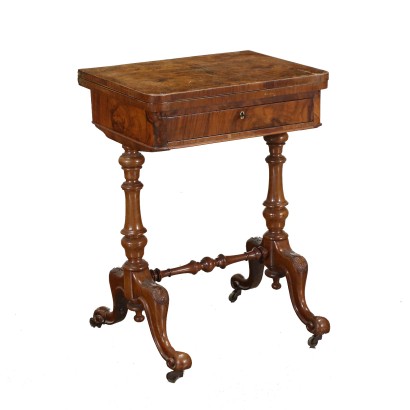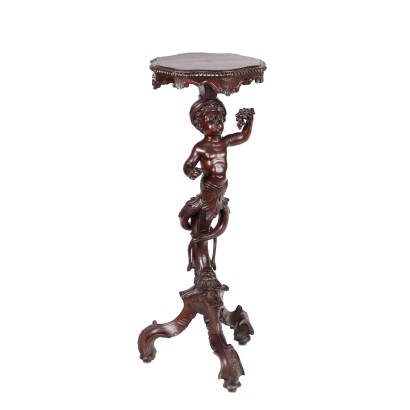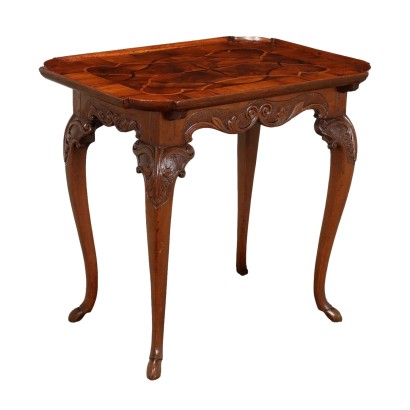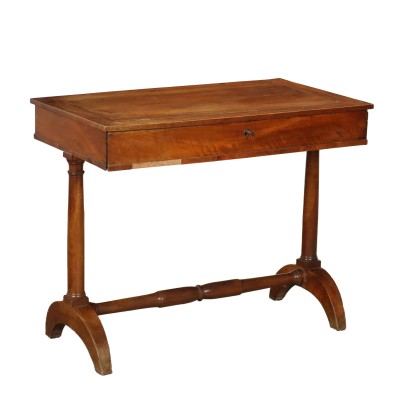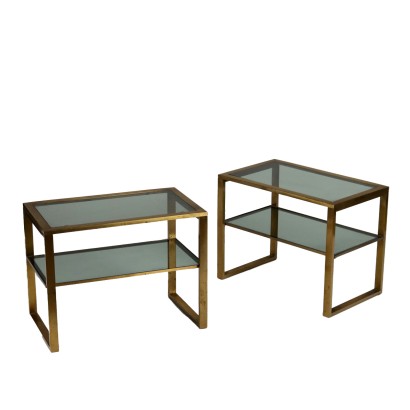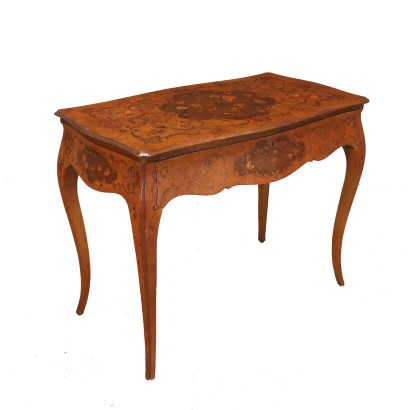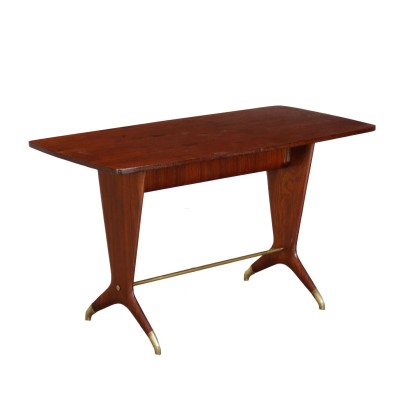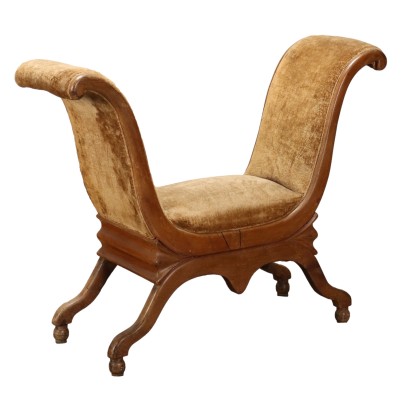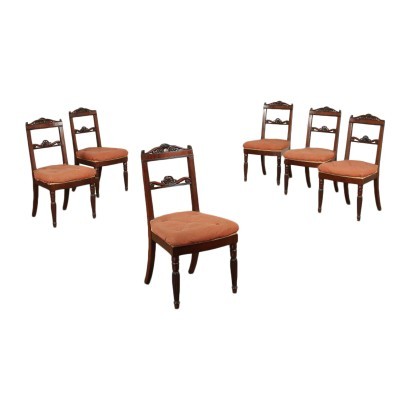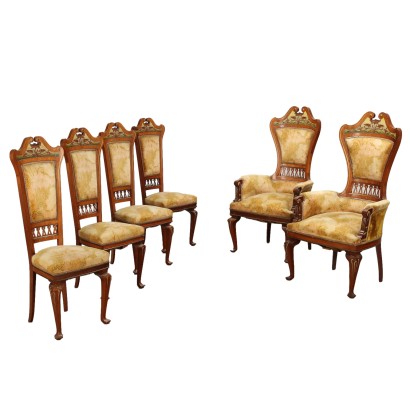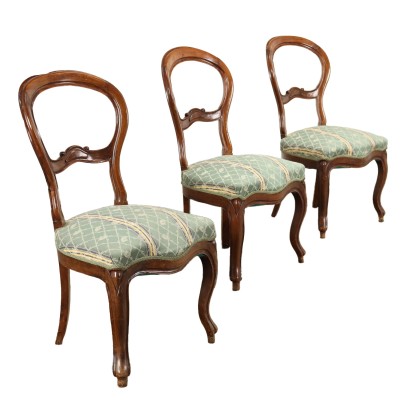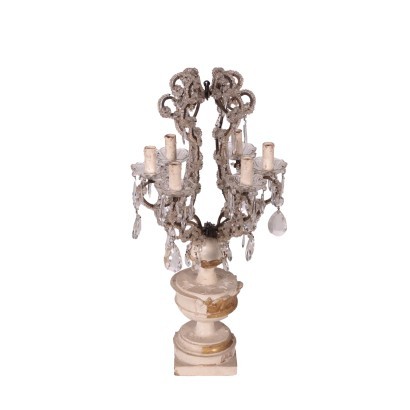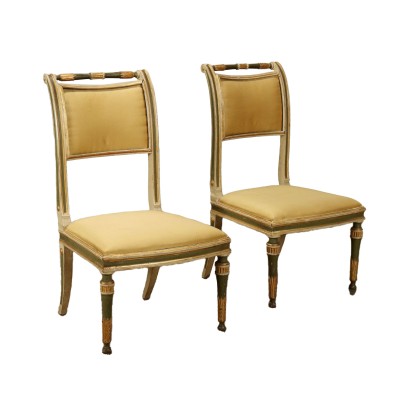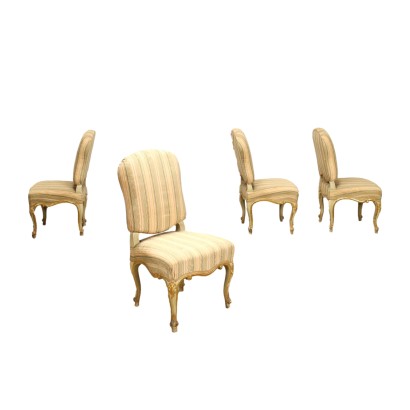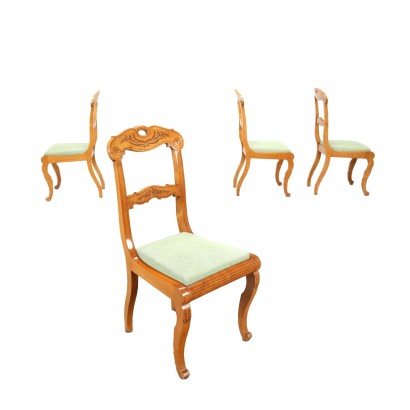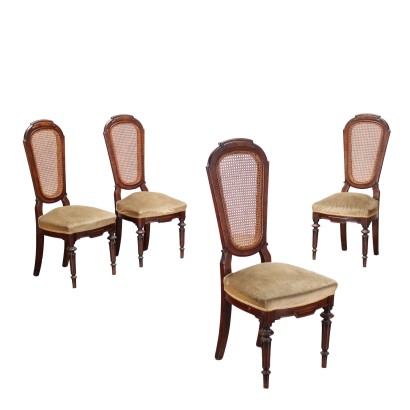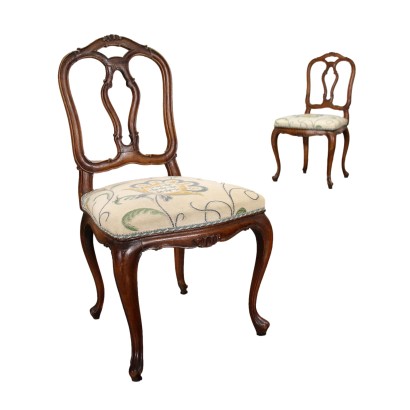Victorian Game Table Mahogany XIX Century - England Third Quarter XIX Century
Features
England Third Quarter XIX Century
Style: Victorian (1830-1900)
Age: 19th Century / 1801 - 1900
Origin: England
Main essence: Mahogany , Walnut
Material: Walnut Veneer
Description
English game table in mahogany and walnut veneer, England third quarter 19th century. Folding top with playing fields, undertop band with drawer, turned uprights and crossbar, wavy carved legs ending in a curl. Feet with wheels.
Product Condition:
Product that due to age and wear requires restoration and resumption of polishing.
Dimensions (cm):
Height: 73,5
Width: 52,5
Depth: 45
Maximum size (cm):
Depth: 80,5
Additional Information
Style: Victorian (1830-1900)
This refers to one of the predominant styles used during the Victorian era.
Like the latter, it roughly refers to the duration of the reign of Queen Victoria (20 June 1837 - 22 January 1901), from which it took its name.
Characterized by a great expansion of the home furnishing market and by new mechanized production possibilities, but not by great aesthetic innovations, but by the revival of stylistic elements from various previous eras.
Find out more about the Victorian style with our insights:
Writing desk, Arthur Blain, Liverpool c. 1840
Age: 19th Century / 1801 - 1900
19th Century / 1801 - 1900 Main essence:
Mahogany
It is one of the most precious and sought-after woods in cabinet making. It was discovered in Central America around 1600 and began to be imported to England in the 1700s. Much appreciated for its hardness and indestructibility, it became widespread following the blocking of walnut exports from France in 1720 and the consequent elimination of English import duties on mahogany from the colonies in America and India. The most valuable version comes from Cuba, but it became very expensive. At the end of the 18th century it began to be used also in France in Louis XVI, Directory and Empire furniture, its diffusion declined starting from when Napoleon, in 1810, forbade its import. It was generally used in the manufacture of elegant furniture, due to its characteristics and beautiful grain.
Walnut
Walnut wood comes from the plant whose botanical name is juglans regia , probably originally from the East but very common in Europe. Light or dark brown in color, it is a hard wood with a beautiful grain, widely used in antique furniture. It was the main essence in Italy throughout the Renaissance and later had a good diffusion in Europe, especially in England, until the advent of mahogany. It was used for solid wood furniture and sometimes carvings and inlays, its only big limitation is that it suffers a lot from woodworm. In France it was widely used more than anything else in the provinces. In the second half of the eighteenth century its use decreased significantly because mahogany and other exotic woods were preferred.
Material: Walnut Veneer
Other customers have searched:



